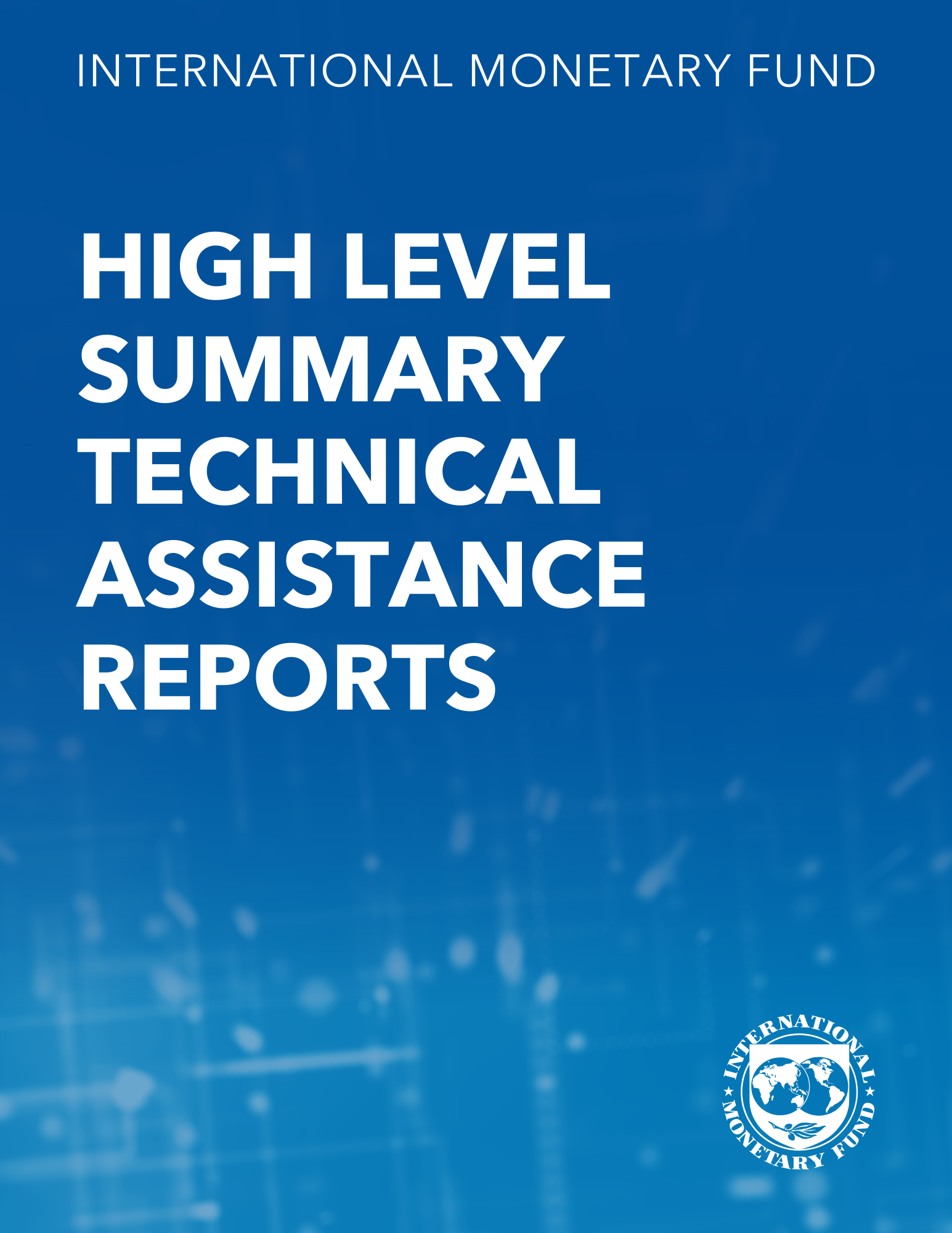Economic Integration and the Exchange Rate Regime: Some Lessons from Canada
May 1, 2001
Disclaimer: This Policy Dicussion Paper should not be reported as representing the views of the IMF.The views expressed in this Working Paper are those of the author(s) and do not necessarily represent those of the IMF or IMF policy. Working Papers describe research in progress by the author(s) and are published to elicit comments and to further debate
Summary
The Canadian experience with a floating exchange rate regime can shed some light on the question of whether A question of current interest in many parts of the world is whether with growing economic integration among groups of countries makes a fixed exchange rate, or even a common currency, becomes more desirable. This paper looks at the lessons that one may draw from tThe Canadian experience, with a floating exchange rate regime, especially since the inception of the 1989 U.S.-Canada Free Trade Agreement, suggests. We find that exchange rate flexibility has not prevented economic integration between Canada and the United States from increasing substantially, during the 1990s, and has played a useful role in buffering the Canadian economy against asymmetric external shocks. A fixed exchange rate thus does not seem to be a prerequisite for economic integration. It may, however, yield substantial have benefits for some countries that lack monetary credibility or that may be tempted by self-destructive beggar-thy-neighbor policies.
Subject: Conventional peg, Currencies, Exchange rate arrangements, Exchange rate flexibility, Exchange rates, Foreign exchange, Money
Keywords: Canada, Canadian-U.S. dollar exchange rate, Conventional peg, core CPI, Currencies, Economic integration, Europe, exchange market intervention, Exchange rate arrangements, Exchange rate flexibility, exchange rate fluctuation, exchange rate regime, exchange rate uncertainty, exchange rate volatility, Exchange rates, free trade trade agreement, inflation rate, PDP, statistics Canada, trade, trade specialization, U.S. integration, U.S. monetary policies
Pages:
21
Volume:
2001
DOI:
Issue:
001
Series:
Policy Discussion Paper No. 2001/001
Stock No:
PPIEA0012001
ISBN:
9781451974942
ISSN:
1564-5193






